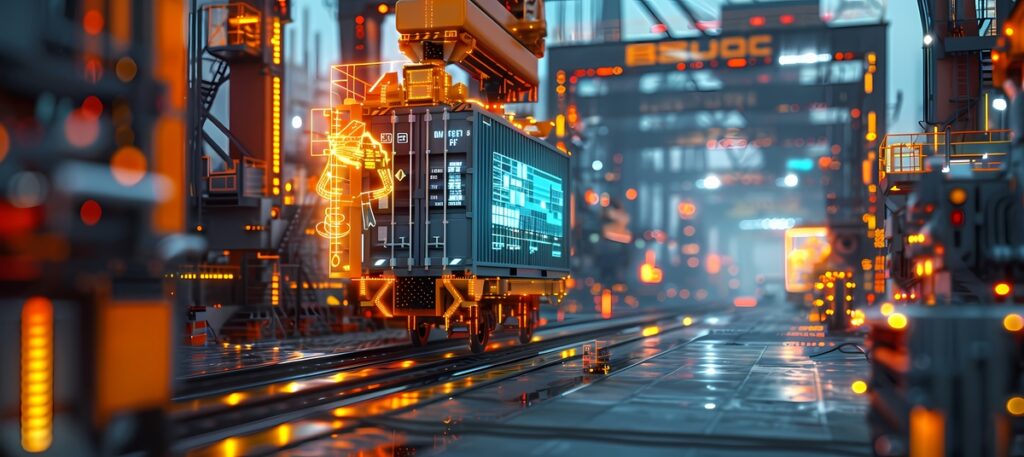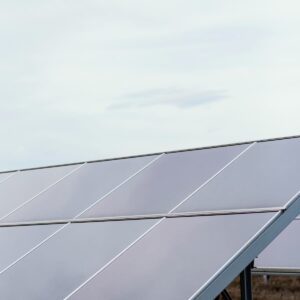The Industrial Internet of Things, or IIoT technology, radically changes how industries function and presents previously unheard-of chances to improve sustainability, productivity, and efficiency. The Industrial Internet of Things (IIoT) allows massive data collection and real-time analysis by connecting systems, building sensors, and machinery via the internet. Businesses may align with global sustainability goals by optimizing resource utilization, cutting waste, and making better decisions thanks to this data-driven strategy.
IIoT technology is becoming a vital tool for eco-friendly building projects as demand mounts on enterprises to reduce their environmental impact. IIoT-driven solutions, which range from waste reduction to energy management, are assisting businesses in making the shift to more sustainable operations. The global IIoT market is expected to reach $110.6 billion by 2025, according to MarketsandMarkets, highlighting its increasing importance in contemporary industrial strategy.
Table of Contents
What is IIoT Technology how its Different from IoT
The term Industrial Internet of Things (IIoT) describes a network of devices, systems, and equipment that are specifically connected and made for use in industrial settings. In contrast to the wearables and smart home devices that are the emphasis of the consumer-oriented IoT, the industrial Internet of things (IIoT) intends to improve production, energy management, and logistics.
IIoT technology makes industrial processes more sustainable and efficient by combining sensors, software, and advanced analytics to support data-driven decision-making, predictive maintenance, and real-time monitoring. Due to its ability to maximize resource use and minimize environmental impact, IIoT is a major force behind Industry 4.0 in construction, the fourth industrial revolution. Devices from a variety of industries, such as manufacturing, utilities, and oil and gas, are connected via IIoT.
IIoT applications are focused on enhancing industrial efficiency, safety, and health, whereas IoT applications are more concerned with consumer applications like fitness bands and smart devices. System failures in IIoT environments can result in hazardous or even lethal circumstances, underscoring the crucial distinction between IIoT technology and its consumer equivalent.
Important Points:
- IIoT technology is centered on industrial applications that improve sustainability and operations.
- Permits intelligent decision-making, predictive maintenance, and real-time data.
- Vital to Industry 4.0, increasing productivity and lowering environmental effect.
- Itself apart from IoT by emphasizing industrial efficiency, safety, and health.
Suggested article to read: 7 Ways Smart Building Construction Enhances Sustainability and Efficiency | Case Study: Top 4 Smart Building Construction in Skyscrapers
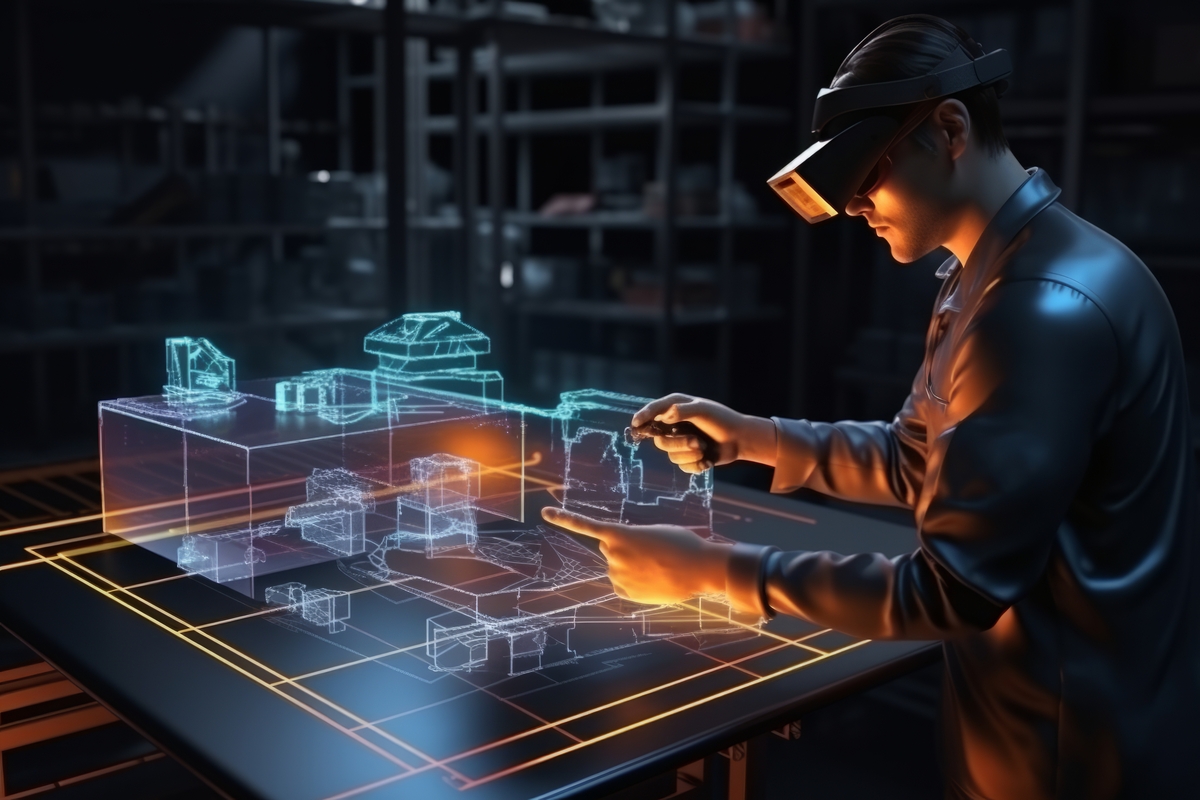
Sustainable Practices Enabled by IIoT Technology
Leading the charge in promoting sustainability in a number of industries is the Industrial Internet of Things (IIoT). IIoT helps enterprises decrease waste, minimize environmental impact, and operate more efficiently by utilizing automation, real-time data, and connected equipment. The following are seven sustainable behaviors that IIoT technology has improved:
1. Air Quality Monitoring and Emission Management
In industrial settings, IIoT technology is crucial for managing pollutants and keeping an eye on air quality in construction. Real-time tracking of emissions and pollutant levels via sensors enables prompt corrective action to minimize harmful outputs. This promotes community health and assists businesses in meeting legal requirements.
2. Predictive Maintenance for Equipment Durability
IIoT technology makes predictive maintenance possible by continuously monitoring equipment health through the use of sensors. This proactive strategy prolongs the life of machinery and minimizes resource waste by enabling prompt maintenance prior to equipment failure. Reduced downtime and a decline in the requirement for energy-intensive repairs or replacements are two other benefits of fewer breakdowns.
3. Sustainable Supply Chain Control
Supply chains can now be seen from beginning to finish thanks to IIoT, which gives businesses the ability to track and improve each step of their processes. Businesses can guarantee more sustainable sourcing practices, cut down on excess inventory, and minimize transportation emissions by tracking resources, products, and logistics in real-time.
Suggested article to read: Supply Chain Management in Construction; Comprehensive Guide 2024
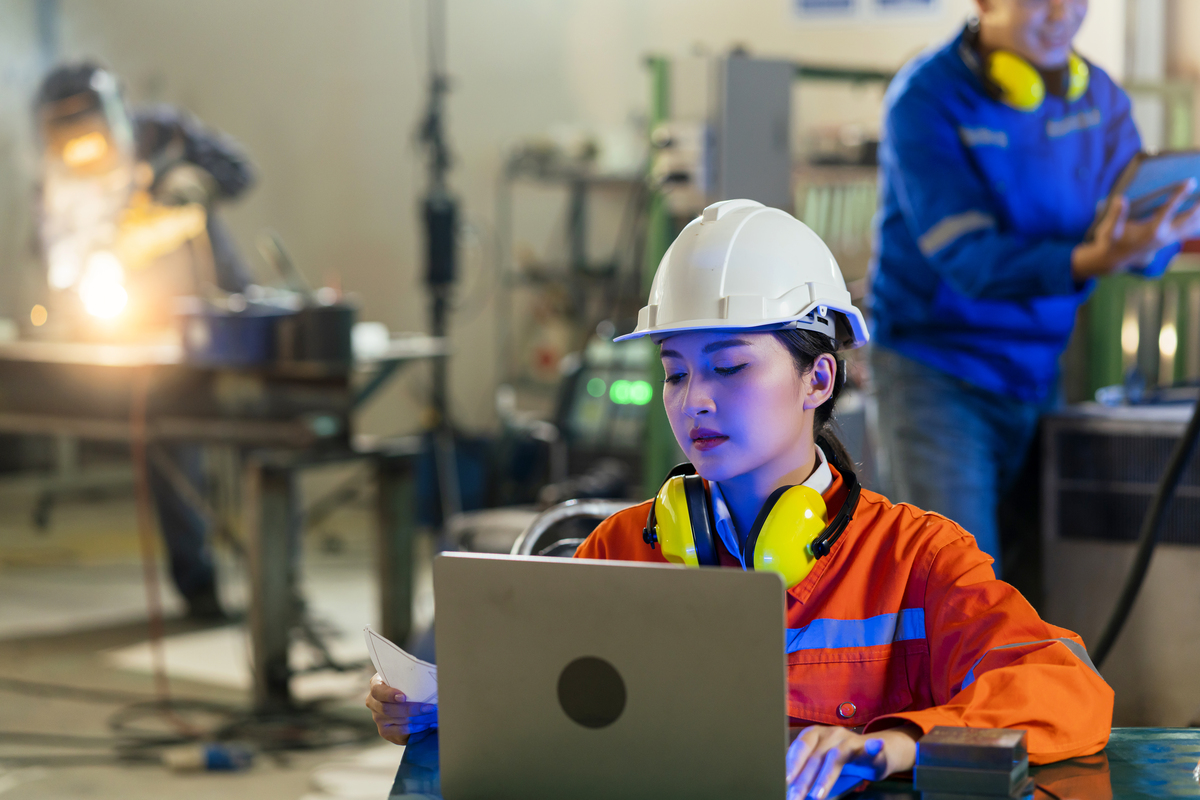
4. Water Management and Conservation
IIoT technology solutions are essential for keeping an eye on water use and finding leaks in industrial processes. Real-time measurements of water flow, pressure, and quality via sensors allow for efficient water use and prompt leak detection. This lowers the expenses related to water treatment and consumption in addition to conserving water.
5. Effective Use of Resources
IIoT facilitates improved resource management for industries, including raw materials, energy, and water. IIoT enables process optimization for waste reduction and sustainable consumption by offering real-time insights into resource utilization. As a result, the operation becomes more effective and supports international sustainability objectives.
6. Reducing Waste in Production Procedures
More precise monitoring of material consumption and waste production is made possible by real-time data from IIoT technology devices. Businesses can optimize inventories to prevent surplus or reduce production scrap by refining their operations to minimize waste through data analysis. Resources are reused rather than thrown away in a circular economy, which is facilitated by this degree of control.
7. Optimization of Energy Management
Real-time, accurate monitoring and management of energy use is made possible by IIoT technology. Businesses can detect inefficiencies and optimize energy consumption by using data collected from connected sensors and devices on trends of energy usage. This minimizes carbon footprints and lowers operating costs as well. For instance, IIoT-powered smart grids provide more efficient energy management and distribution by balancing supply and demand and reducing energy waste.
Suggested article to read: Building Energy Monitoring Systems; Guide to 2024
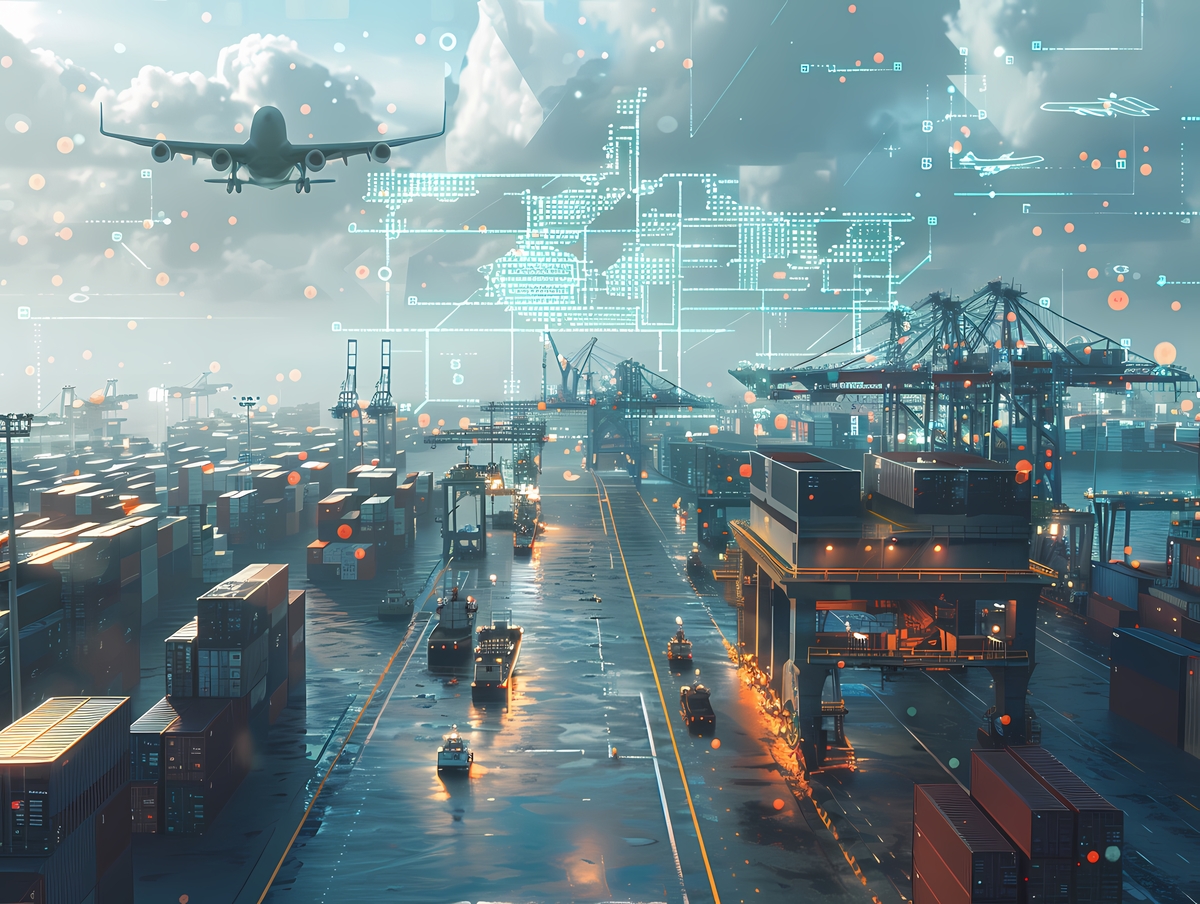
Applications of IIoT Technology in Sustainable Construction
| IIoT Technology | Application in Sustainable Construction | Benefits |
| Predictive Maintenance Systems |
Use sensors to identify wear on machinery and anticipate malfunctions, thereby minimizing the need for emergency repairs |
Prolongs the life of equipment, uses fewer resources, and cuts down on downtime |
| Smart Sensors |
Real-time monitoring of environmental factors (such as temperature, humidity, and air quality) and energy usage |
Maximizes energy efficiency, minimizes waste, and enhances indoor air quality |
| Smart Grids |
Smart grids and IIoT technology integration for effective management and distribution of renewable energy sources |
Lowers energy expenses and improves energy efficiency |
| Building Information Modeling (BIM) |
Incorporating real-time data from IIoT devices into BIM models to improve their accuracy for the design, construction, and management of sustainable buildings |
Minimizes material waste and enhances building functionality |
| Waste Management Systems |
Using waste management systems provided by IIoT technology to track, classify, and minimize construction trash on-site |
Reduces waste and improves recycle rates |
| Automated Climate Control Systems |
HVAC (heating, ventilation, and air conditioning) systems can be monitored and automatically adjusted using IIoT sensors in response to occupancy and meteorological conditions. |
Enhances energy efficiency and lowers operating expenses |
| Water Management Systems | Using sensors to track water use and find leaks in real time while building | Prevents water damage, lowers expenses, and conserves water |
Conclusion
The Industrial Internet of Things, or IIoT technology, is a paradigm change toward sustainable industrial operations rather than only a technology advancement. IIoT gives organizations the ability to collect and analyze data in real-time, which allows them to optimize operations, cut waste, and preserve resources. These skills are essential as sectors prioritize sustainability more and more in response to mounting environmental concerns and regulatory demands.
IIoT is a change agent that helps businesses meet their sustainability objectives while being competitive, from eco-friendly supply chain management to energy-efficient manufacturing. IIoT technology will play an increasingly bigger part in advancing sustainable development as it develops further. It is both strategically and morally necessary for industries to embrace IIoT technology if they are to prosper in the green economy.
FAQs
What is IIoT?
- Answer: The Industrial Internet of Things, or IIoT for short, is a network of networked machinery, systems, and devices intended to enhance industrial processes like logistics, manufacturing, and energy management.
How is IIoT Technology Different from IoT?
- Answer: While IoT is more consumer-centric and deals with gadgets like wearables and smart home devices, IIoT is more focused on industrial applications, improving efficiency, safety, and sustainability.
How does IIoT Contribute to Sustainability?
- Answer: IIoT makes data-driven decision-making, predictive maintenance, and real-time monitoring possible. This maximizes resource utilization, minimizes waste, and supports green initiatives.
What Role does IIoT Technology Play in Industry 4.0?
- Answer: Industry 4.0 is largely made possible by IIoT, which uses data analytics and improved connectivity to enable smarter, more sustainable, and efficient industrial operations.
How does IIoT Improve Energy Management?
- Answer: IIoT makes it possible to monitor and manage energy in real time, optimizing use, cutting expenses, and minimizing carbon footprints.
What are Some IIoT Applications in Sustainable Construction?
- Answer: Predictive maintenance, smart sensors, BIM, waste management, automated climate control, and water management are some of the applications of IIoT in construction that increase productivity and sustainability.
IoT in Predictive Maintenance: The 2024 Game-Changer
The 17 Sustainable Development Goals (SDGs); 2024 Review
Industrial Internet of Things (IIoT) Guide to 2024
12 Cutting-Edge Technologies in Construction Automation You Need to Know
Resources:
Deloitte | MarketsandMarkets | TechTarget | Accenture | McKinsey&Company | ScienceDirect.com
Books and Articles:
Gungor, V. C., et al. (2013). Smart grid technologies: Communication technologies and standards. IEEE Transactions on Industrial Informatics, 7(4), 529-539.
Wu, H., Rosen, B., & Zuo, J. (2020). Integration of IoT in sustainable manufacturing: A bibliometric analysis. Journal of Cleaner Production, 273, 123044.
Kumar, P., et al. (2015). The rise of low-cost sensing for managing air pollution in cities. Environment International, 75, 199-205.
Papert, M., & Pflaum, A. (2017). Development of an ecosystem model for the realization of Internet of Things (IoT) services in supply chain management. Electronic Markets, 27(2), 175-189.
Jayaraman, R., Forkuo, E. K., & Balasubramanian, M. (2020). The role of IIoT in smart manufacturing: The perspective of integration with ERP systems. Journal of Enterprise Information Management, 33(2), 250-265.
Lee, J., Bagheri, B., & Kao, H. A. (2015). A cyber-physical systems architecture for Industry 4.0-based manufacturing systems. Manufacturing Letters, 3, 18-23.
Zeng, D., et al. (2018). Sustainable water management using Internet of Things: A survey. International Journal of Hydrology Science and Technology, 9(3), 284-299.
For all the pictures: Freepik | Pixabay

